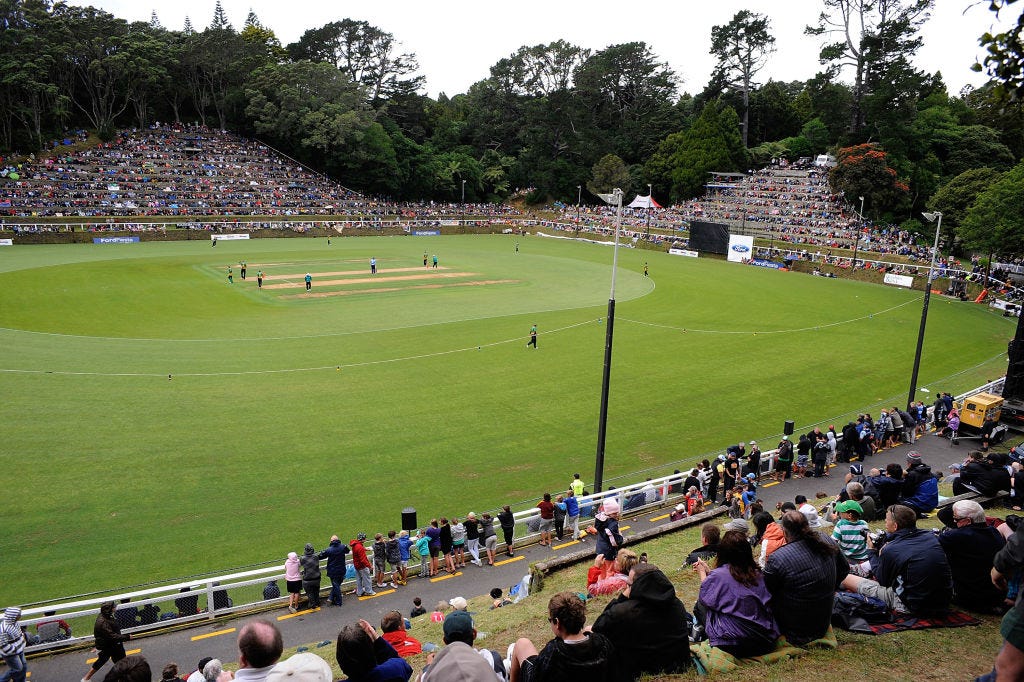Grounds for complaint
A Scottish rugby tragedy gets even messier, and more feral crowd behaviour
Bit of a holding newsletter until we get closer to a weekend where Ian Foster and the All Blacks run out onto the old Addington Showgrounds, New Zealand’s increasingly unloved “temporary” venue.
Foster’s not sure if he personally will feel the love, which is a little sad - much like the creaking, decrepit stadium.
This is all serving as a teas…
Keep reading with a 7-day free trial
Subscribe to The Bounce to keep reading this post and get 7 days of free access to the full post archives.




